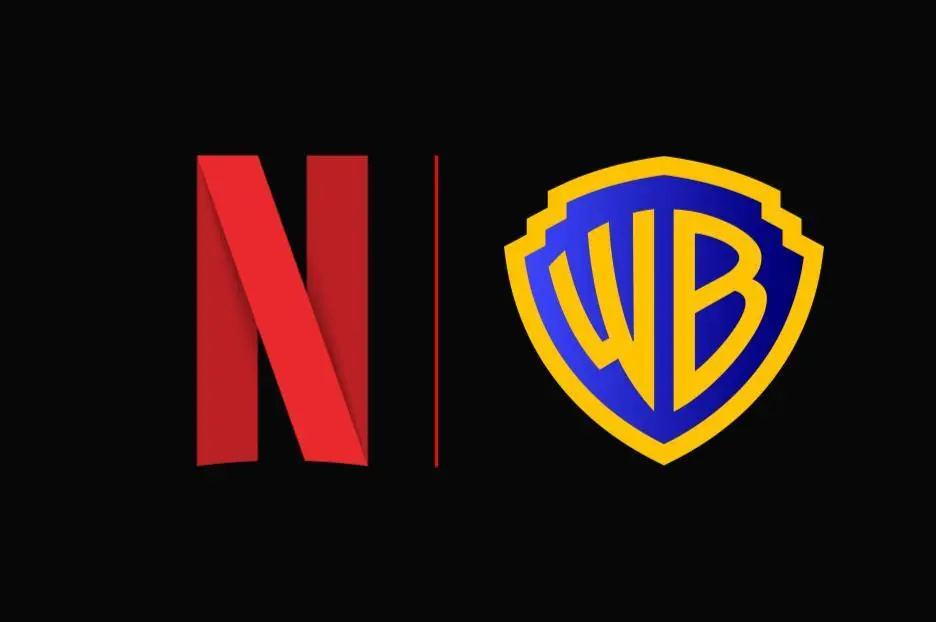Creating A Distraction-Free Zone At Work

Sep 05 | 2024

Photo by Arlington Research (Unsplash)
You’re powering through your morning. You’re in the zone. Getting so much done. But then you get Slacked with an innocent question: “Gotta moment to discuss the Jefferson thing?”
“💯!” you answer instantly and get pulled off-task for 15- 20 minutes. And just before you’ve solved the Jefferson issue, your manager’s supervisor’s EA emails you to calendar a call about the supervisory role of the supervisory board that supervises supervisors.
You’re knocked off your horse. Again and again. It seems to take forever to climb back in the saddle again. And you find it impossible to get back on-task again.
What is going on? Turns out there’s a name for this: Context Switching.
Stylist carried an eye-opening article on this about two months ago. (Sorry. I’d have read it sooner, but my context kept switching and I couldn’t get around to it until now.) Amy Beecham described something we’ve all felt but might be unable to put into words.
Summarizing the results of a study titled “The Cost of Interrupted Work,” Beecham notes that “while about 82% of all interrupted work is resumed on the same day, it takes an average of 23 minutes and 15 seconds to get back to a task after flow is broken.”
Beecham’s not talking about ten-minute-and-under “microbreaks” which are helpful. No, context switching is the problem, scattering our focus, depleting our energy, impacting the quality of our work.
Caitlynn Sendra and Lin Grensing-Pophal observe in “Addressing Digital Distractions to Work” (via SAP, a company specializing in enterprise application software and cloud solutions):
The problem employees face “is that distractions can interfere
with the capacity to focus and dedicate the attention needed
for the work that we’re doing,” says Shanique G. Brown,
assistant professor of industrial-organizational psychology
at Wayne State University, whose research focuses on
cognition in the workplace.
Brown says that the constant shifts in our attention from
one application to another and one screen to another
relies on an individual’s working memory capacity,
which allows us to preserve bits of information when we’re
working on a single task. These “switching costs” sap our
strength to think – to process information that we need to do our jobs well.
It’s clear the experts agree. Context Switching is a real problem. How do we avoid such distractions and still get things done? These Switching Costs muddy our thinking, sap our strength and interrupt how we process the information that we all need to succeed at our jobs.
Harvard Business Review’s Steve Glaveski tells us that: “The average employee is getting interrupted 50 to 60 times a day, and about 80% of these interruptions are unimportant.” Important or not, the effect is the same. We’re feeling “less productive and more stressed than ever.”
Glaveski offers ten handy tips for the harried worker. They’re simple to do but, given the pace we keep, these actions can get lost in the shuffle. They range from Practice Asynchronous Communication (i.e., you don’t have to respond to an e-mail right this very moment!!!) to Limit Layers of Approval (tasks can be achieved without everyone in the entire Continental United States having to sign off before a job’s completed).
And rather than being constantly available and checking messages all day long, Batch Checkemail, IMs, social media, and text messages, at pre-scheduled times. Add meeting-free zones to your calendar. Use a Signaling Mechanism — turn off alerts, wear headphones, even instant message your team before you enter the zone — to indicate that you’re focusing on a project, so they shouldn’t disturb you.
How do we avoid distractions in the office and perform well, take control of our days, and boost our confidence? We’ve got to eliminate — or at least cut down on — the sense of urgency that permeates workplaces around the world.
Steve Glaveski further shared in an article in Talent.Realized: “In a world of push notifications, email, instant messaging, and shrinking office space, we’re becoming increasingly distracted at work…As a result, people are spending little time in what psychologists call “the flow state,” a space where people are up to five times more productive, according to research from McKinsey.”
His tips are well worth checking out – odds are he’s got a bit of advice you need but just didn’t realize. Other resources are easily found online. That’s how big an issue Context Switching has become.
It’s been about 4-ish minutes since you clicked on this article. I’ll stop here so you can get back to work. Just let me deal with this one thing first, and then…I’ll get back to you.










